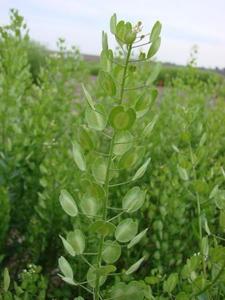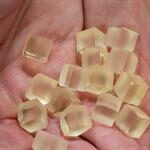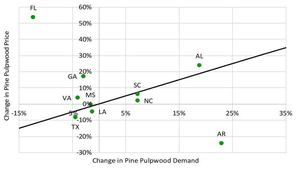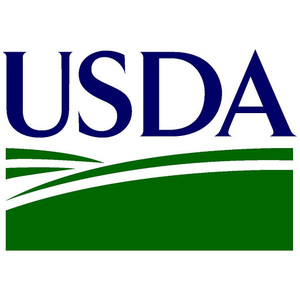Researchers win second pennycress research grant
Energy Disrupter
ADVERTISEMENT
Just 12 months after Western Illinois University Agriculture Professor Win Phippen announced the award of a $10 million federal grant to investigate the use of Pennycress as a commercial cash crop, a second grant has been awarded that dovetails into the initial grant and helps ensure a consistent version of the alternative crop is produced.
WIU will receive just under $1 million of a $13 million U.S. Department of Energy grant aimed at genetically strengthening pennycress plants for use in sustainable energy work.
For WIU’s portion of the grant, the University Farm will act as a “grow-out” site for pennycress, along with sites at Illinois State University, the Ohio State University, the University of Minnesota, the University of Wisconsin-Platteville and Washington State University. Research includes using a variety of growing locations to test the environmental impacts on the pennycress plants.
Plants grown at each of those locations will be sent to WIU for oil content testing. Genetic testing on the plants will be done at ISU in an effort to improve oil content and create plants that are resistant to stressors, such as drought and extreme heat.
“We want to look at plants that are grown in diverse environments and make sure we really understand the different stresses on the plants and create plants that are more resilient to environmental stresses,” said Phippen. “We want to make sure the plants will make a good fuel.”
The five-year cycle of the new grant begins Sept. 1. Other institutions taking part include the Carnegie Institution for Science, the Donald Danforth Plant Science Center, the DOE Oak Ridge National Laboratory and the DOE Pacific Northwest National Laboratory EMSL.
WIU School of Agriculture Director Andy Baker said the grant is a great honor.
“This grant is a continuation of the efforts put forth by Dr. Phippen and his group in the commercialization of Pennycress as an official agricultural commodity,” said Baker. “The USDA sees great potential in this crop in fulfilling the future needs in the biofuel industry. We appreciate the continued support from the University’s administration on this project.”
Part of the research includes “borrowing” ideas from other crops, such as canola and cabbage, to see how those plants deal with the same environmental issues.
“We want to look at the plants at a molecular gene level,” said Phippen.
The $10 million UDSA National Institute of Food and Agriculture grant aims to refine the oilseed crop, which can be converted into biodiesel and biojet fuel. The grant research focuses on improving Pennycress genetics for plant breeding and preservation, agronomic management, ecosystems and supply chain management for post-harvest seed control.
Phippen said the goal is to produce 50 billion gallons of biofuel in the next 25 years.
Pennycress can be integrated into existing corn-soybean rotations to extend the growing season on farmland and can positively impact profits for producers, as well as decreasing soil erosion and nutrient runoff. The oilseed crop is typically planted after the corn or soybean harvest.
Trial pennycress plantings began last year and the hope is to launch the crop commercially in 2021. Phippen is working with a St. Louis, Missouri-based company for the breeding and post-production portions of the research. Oil and meal from the plants is being studied to determine its uses in fuel, feed and food.
For more information about the IPREFER grant, visit iprefercap.org.
















